Historical Events
Browse historical events included on the website. Use the drop down menus to narrow by date and location, and click on an event to see newspaper articles about it. Learn why these events were chosen for research.
Displaying all 46 events
-
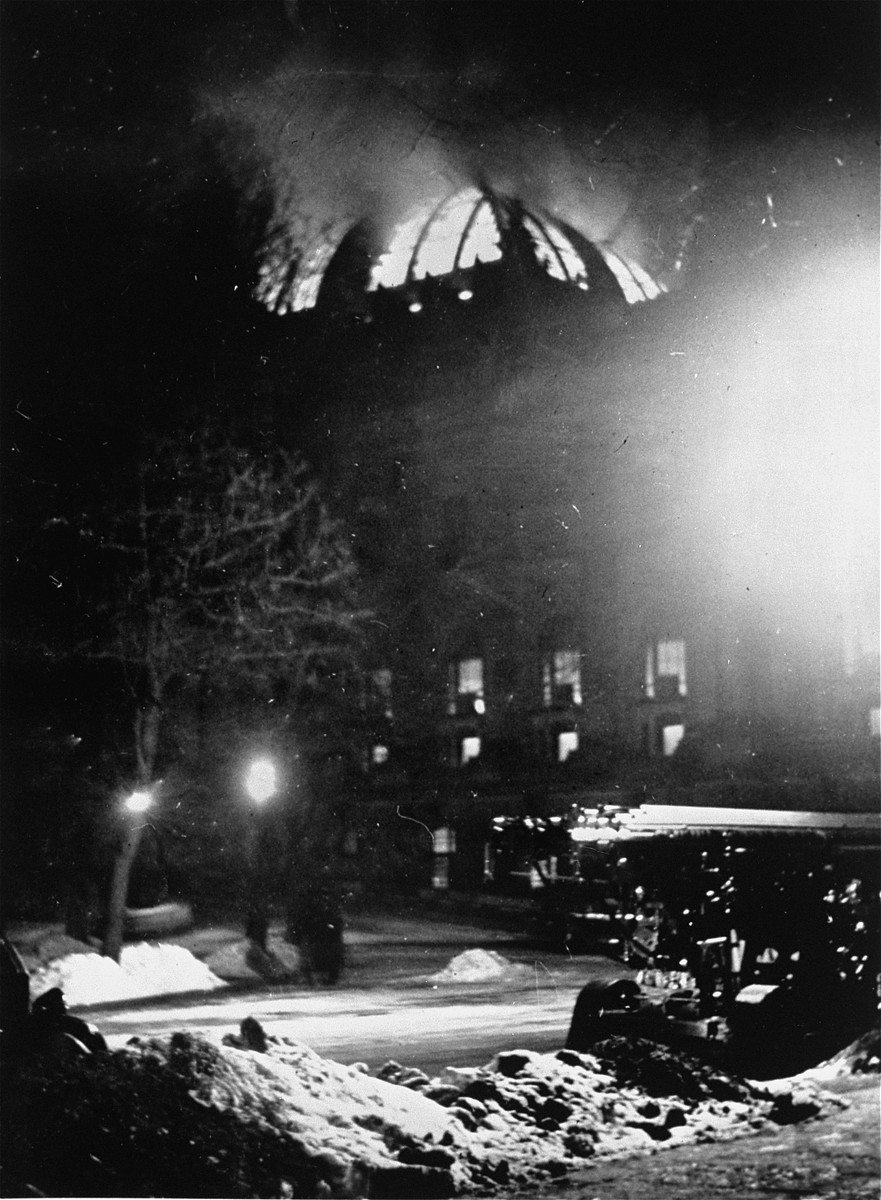 Reichstag Fire Plunges Germany into Virtual Martial Law
Reichstag Fire Plunges Germany into Virtual Martial Law -
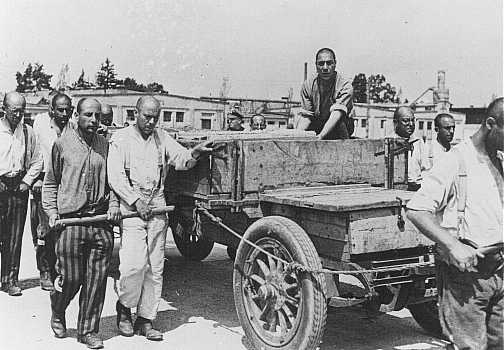 Dachau Opens
Dachau Opens -
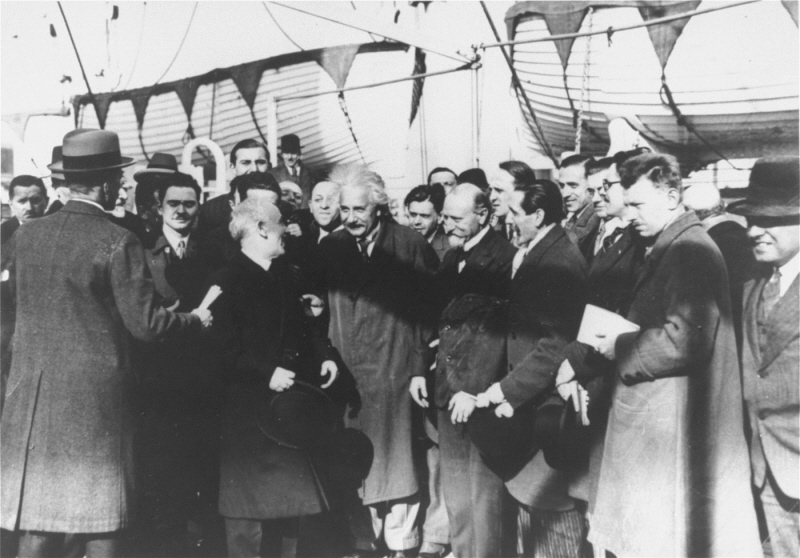 Albert Einstein Quits Germany, Renounces Citizenship
Albert Einstein Quits Germany, Renounces Citizenship -
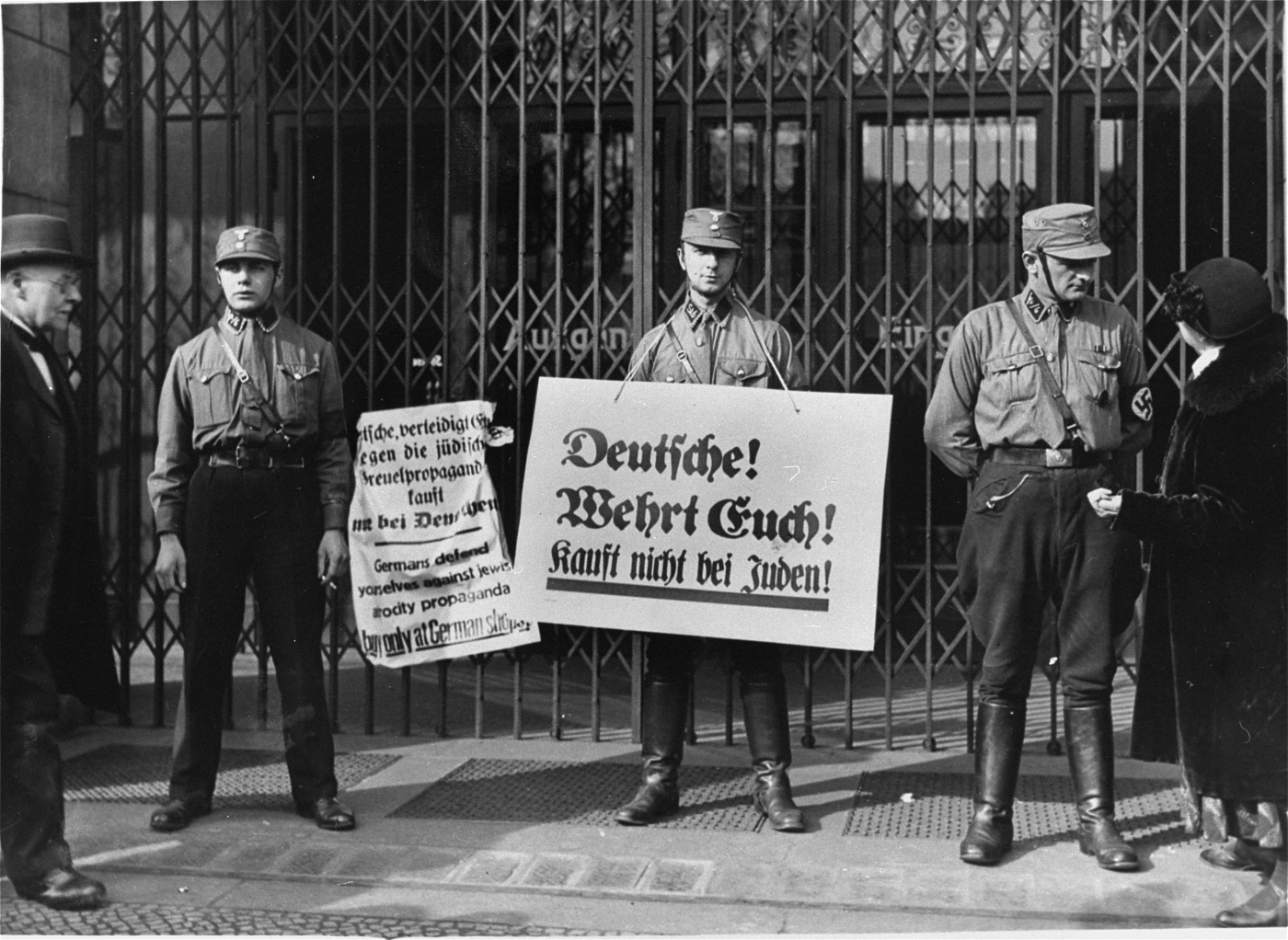 Nazis Boycott Jewish Businesses
Nazis Boycott Jewish Businesses -
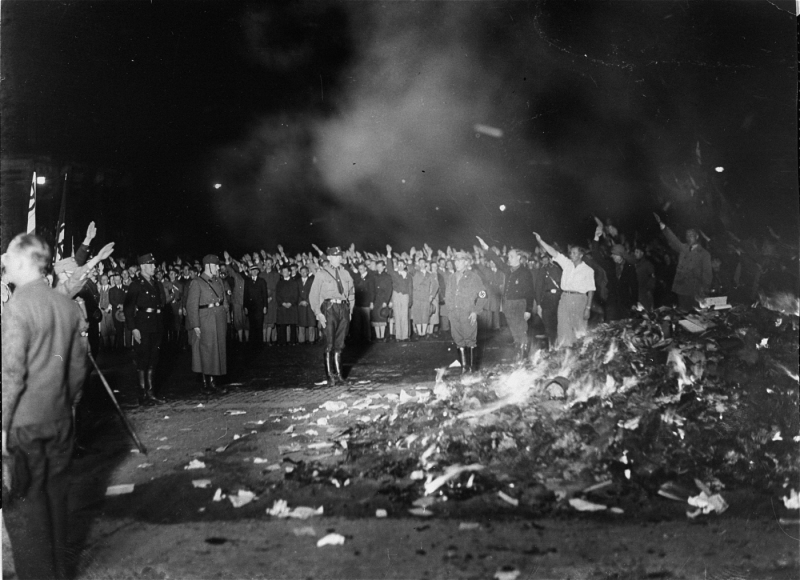 German Students, Nazis Stage Nationwide Book Burnings
German Students, Nazis Stage Nationwide Book Burnings -
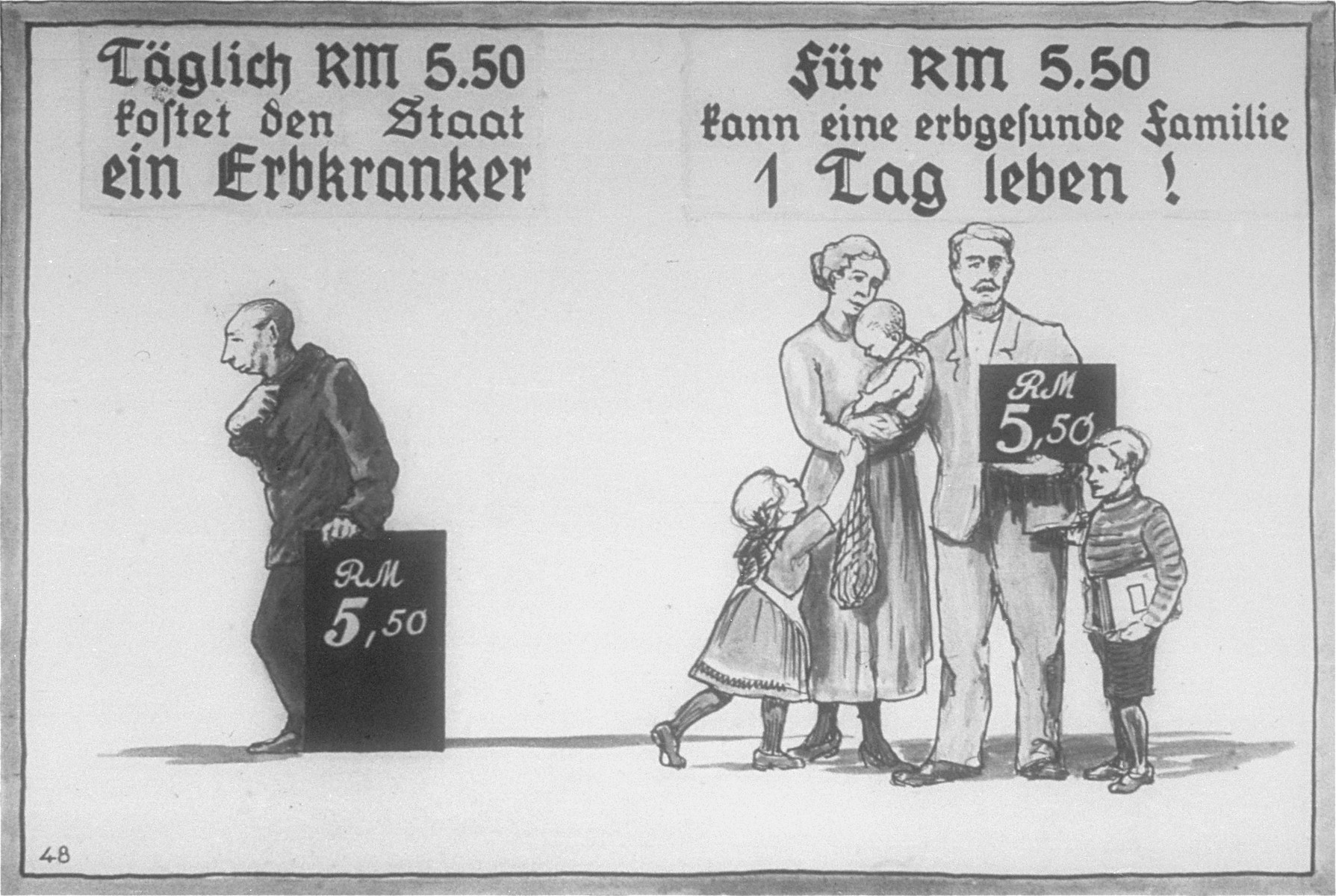 German Law Authorizes Sterilization for Prevention of Hereditary Diseases
German Law Authorizes Sterilization for Prevention of Hereditary Diseases -
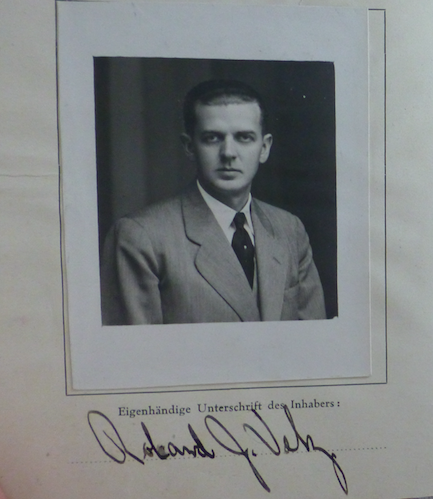 American Citizens Attacked
American Citizens Attacked -
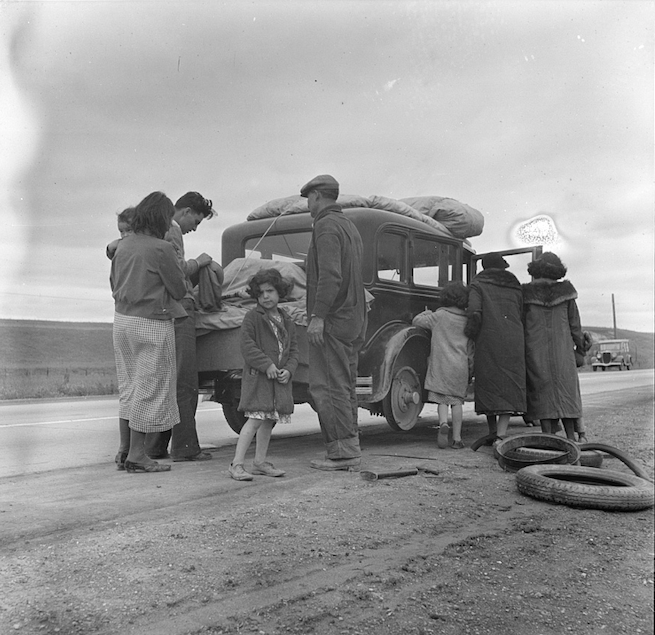 “Repatriation” of Mexican Americans and Mexican nationals continues
“Repatriation” of Mexican Americans and Mexican nationals continues -
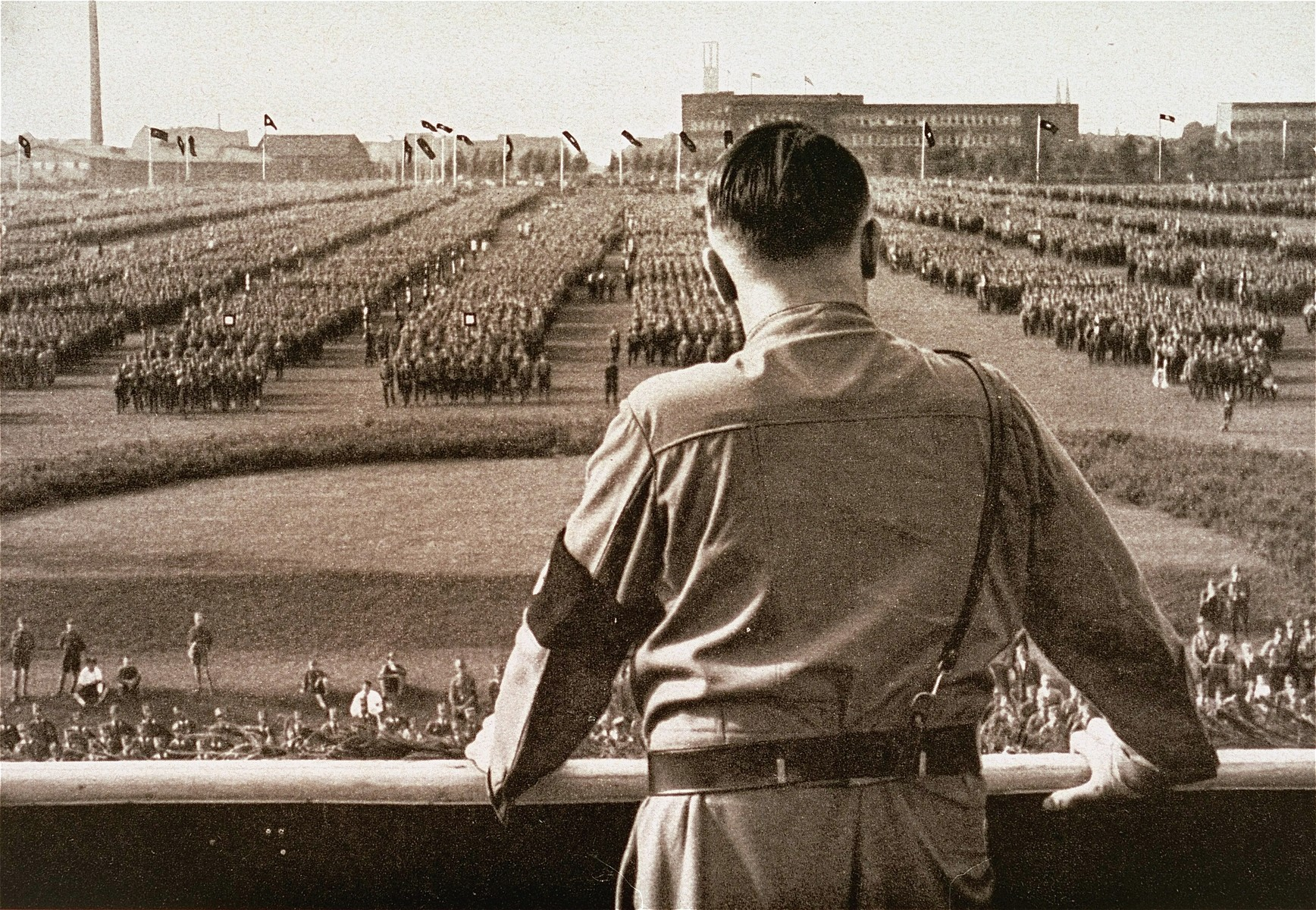 Hitler Purges Storm Troopers, Executes Opponents
Hitler Purges Storm Troopers, Executes Opponents -
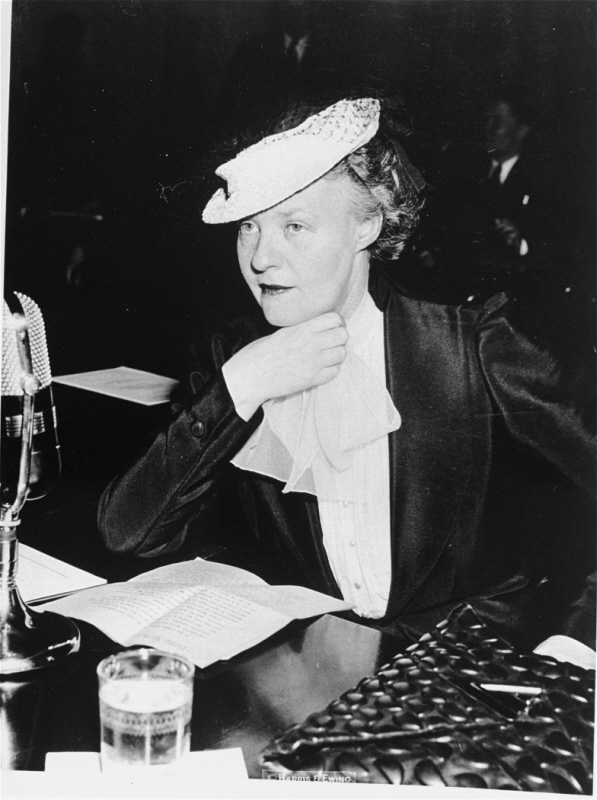 Dorothy Thompson Expelled from Germany
Dorothy Thompson Expelled from Germany -
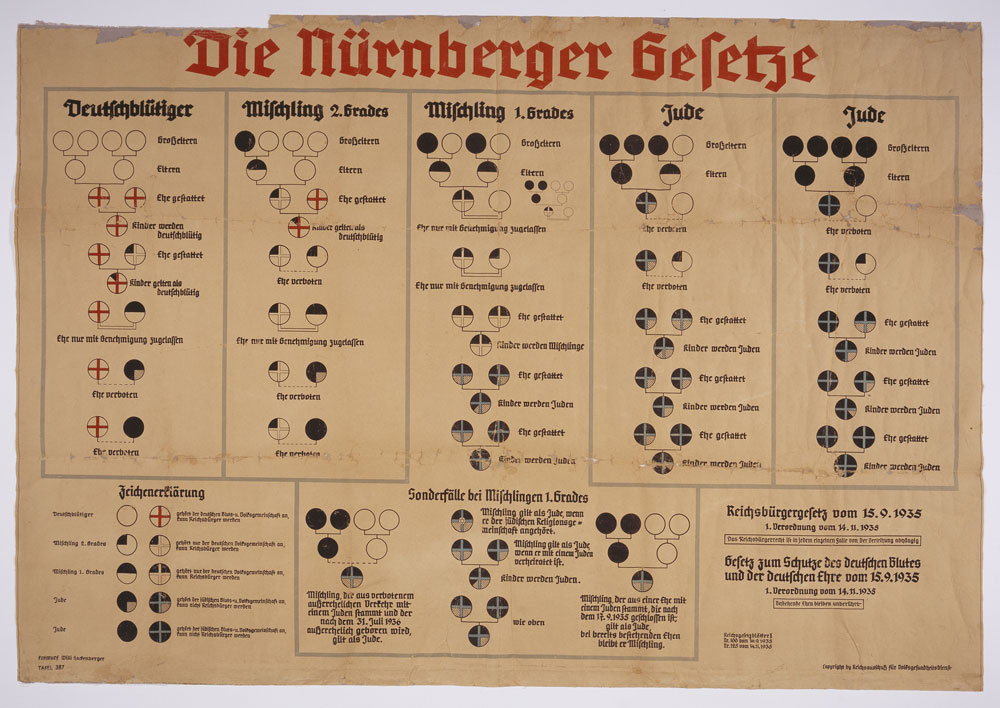 Hitler Announces Nuremberg Race Laws
Hitler Announces Nuremberg Race Laws -
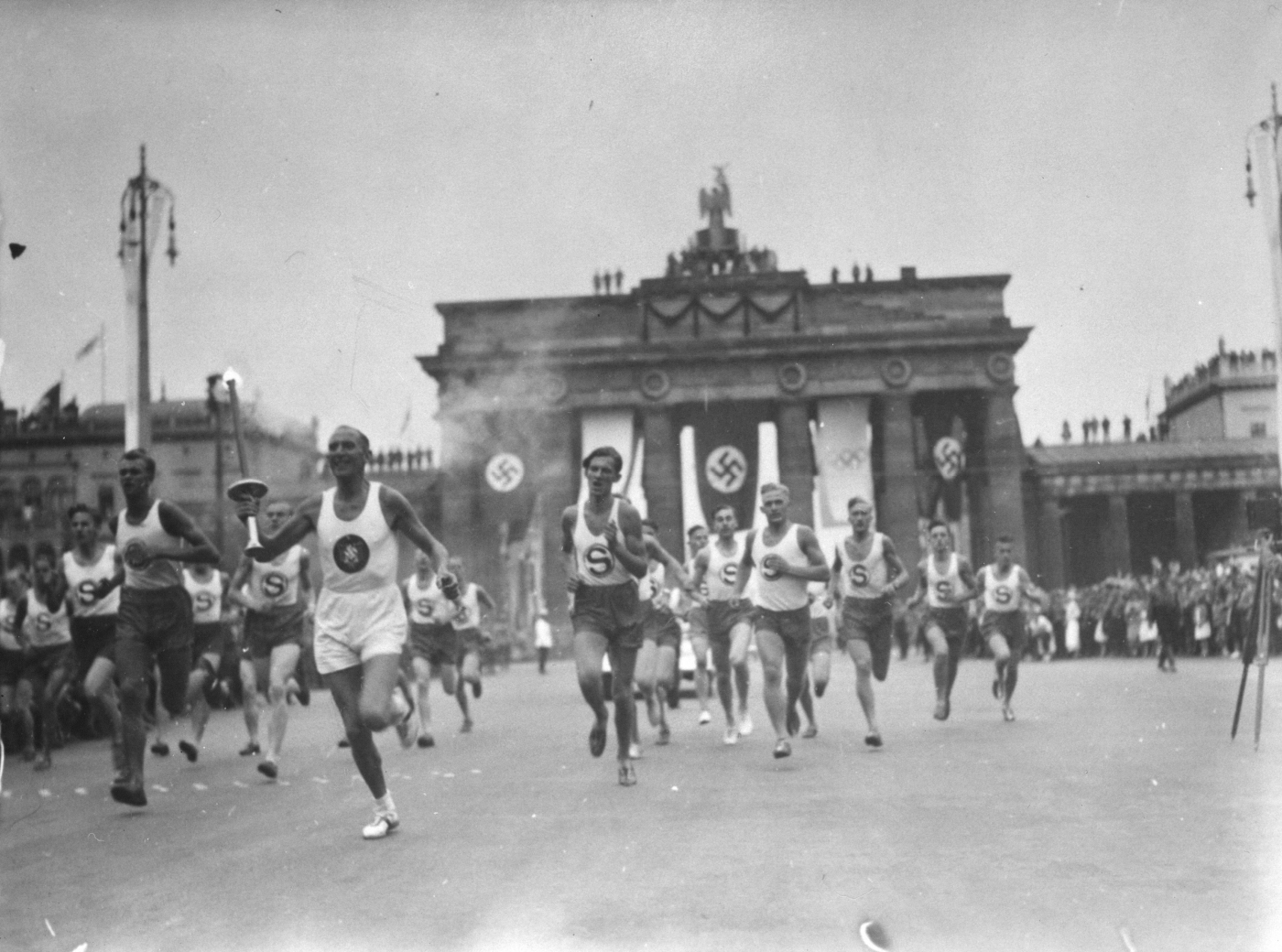 Amateur Athletic Union Says “Yes” to Berlin Olympics
Amateur Athletic Union Says “Yes” to Berlin Olympics -
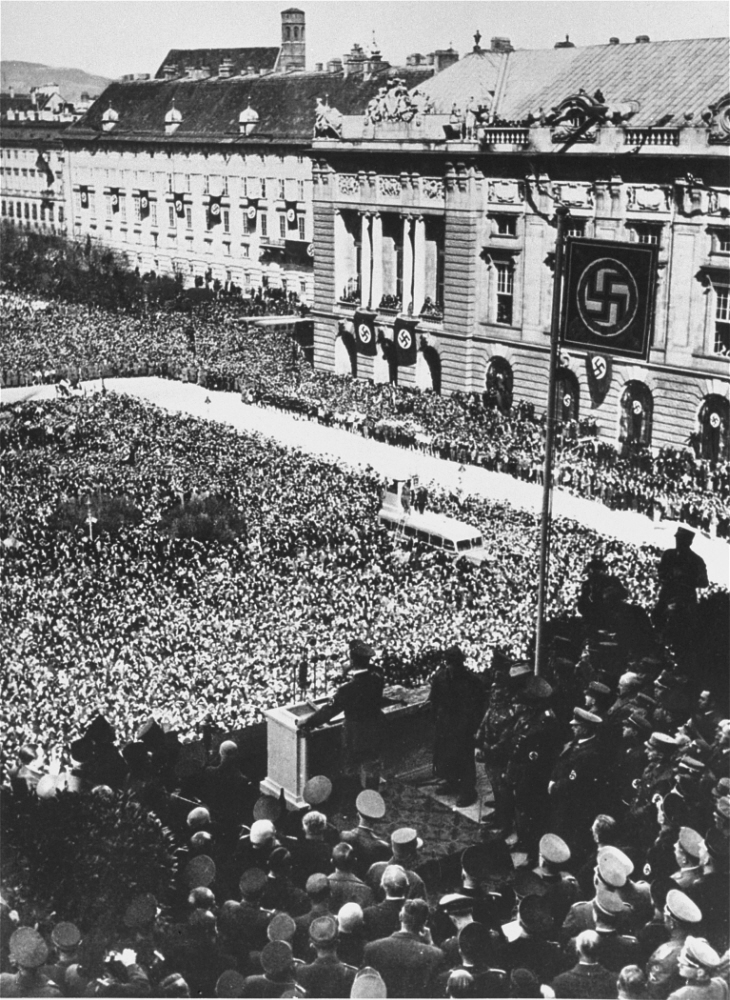 Germany Annexes Austria
Germany Annexes Austria -
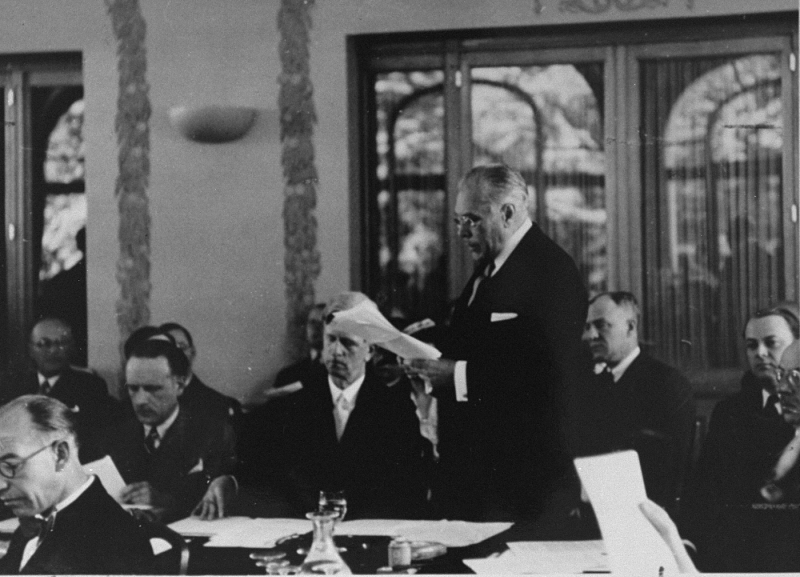 Evian Conference Offers Neither Help, Nor Haven
Evian Conference Offers Neither Help, Nor Haven -
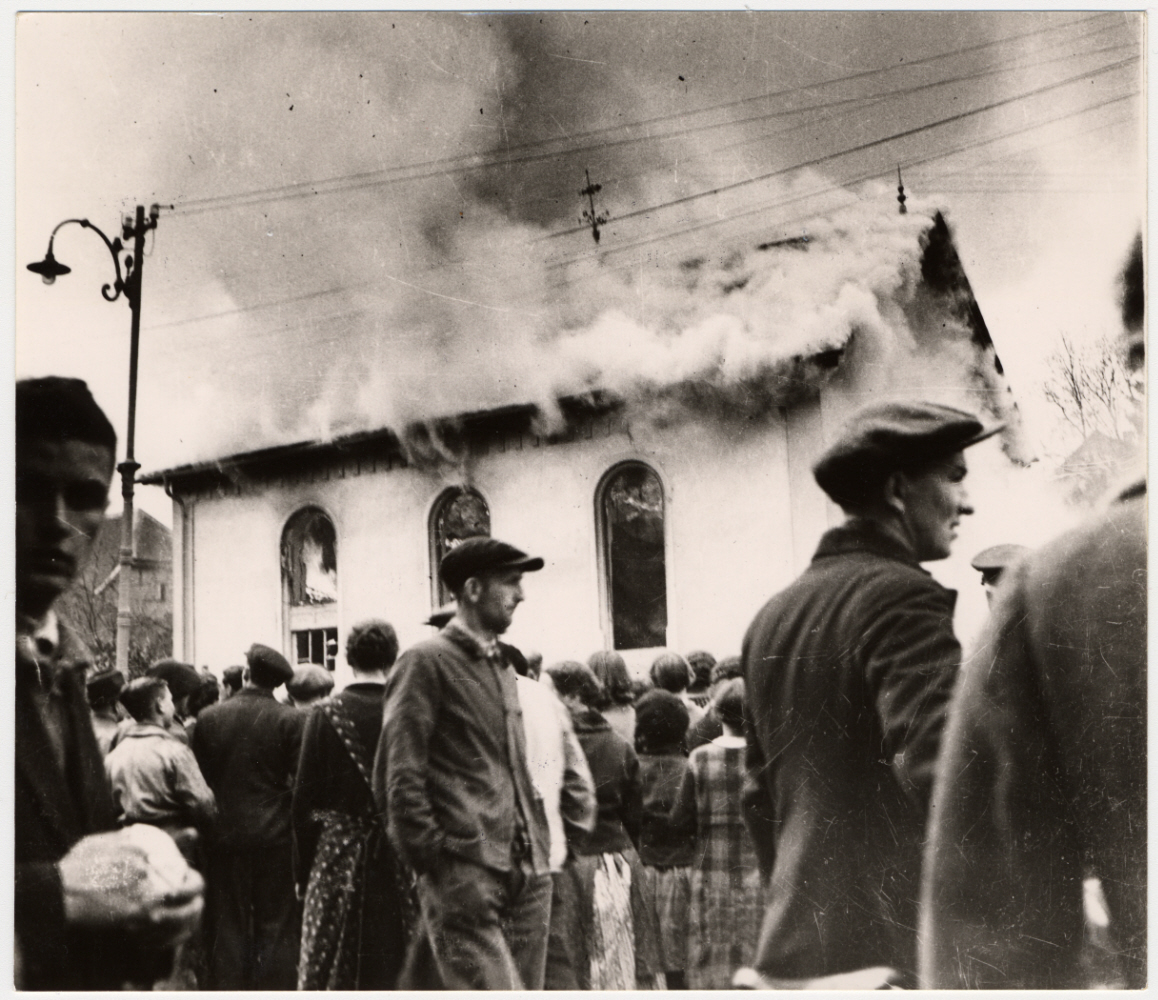 Anti-Jewish Riots Convulse German Reich (Kristallnacht)
Anti-Jewish Riots Convulse German Reich (Kristallnacht) -
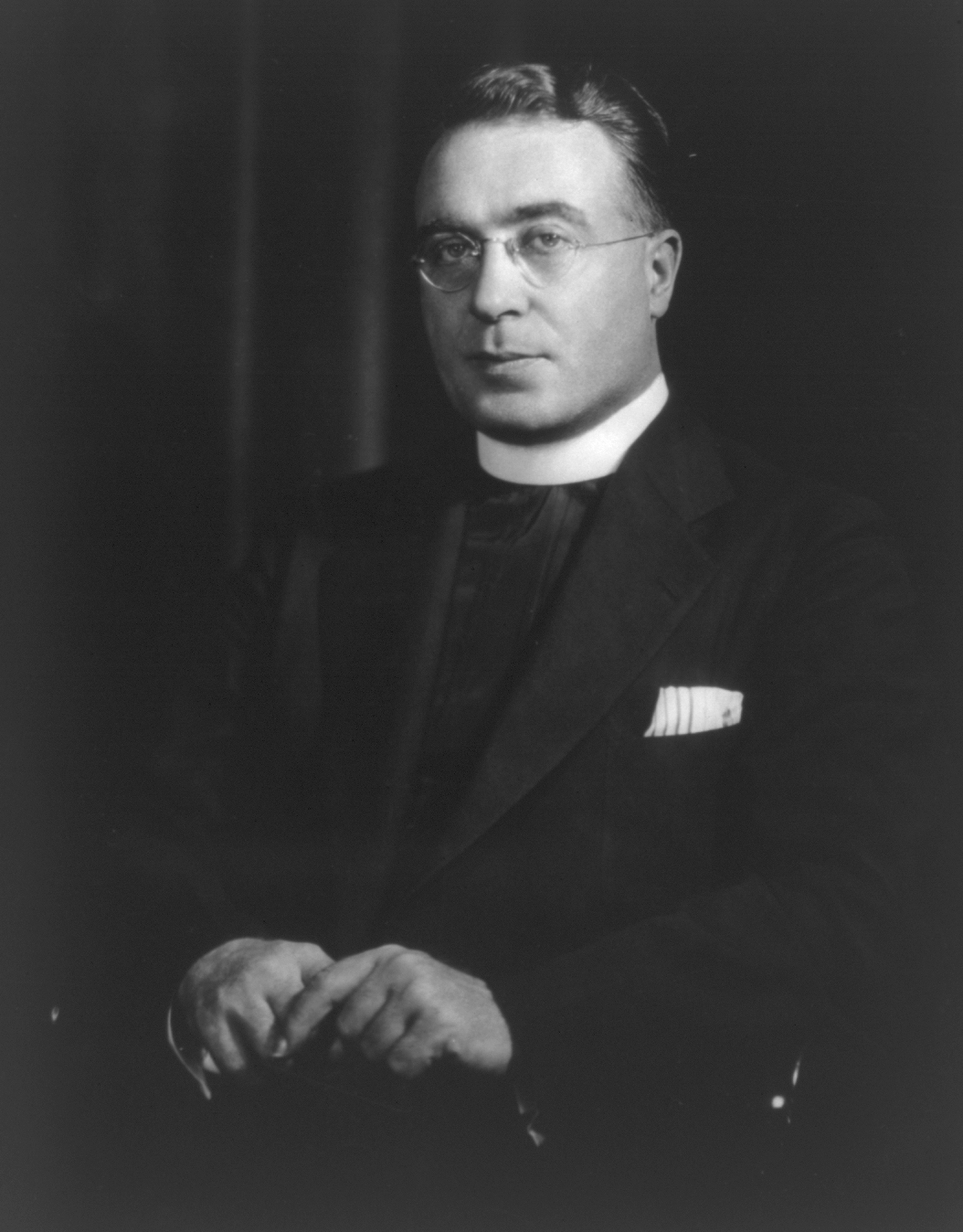 Father Coughlin Blames Jews for Nazi Violence
Father Coughlin Blames Jews for Nazi Violence -
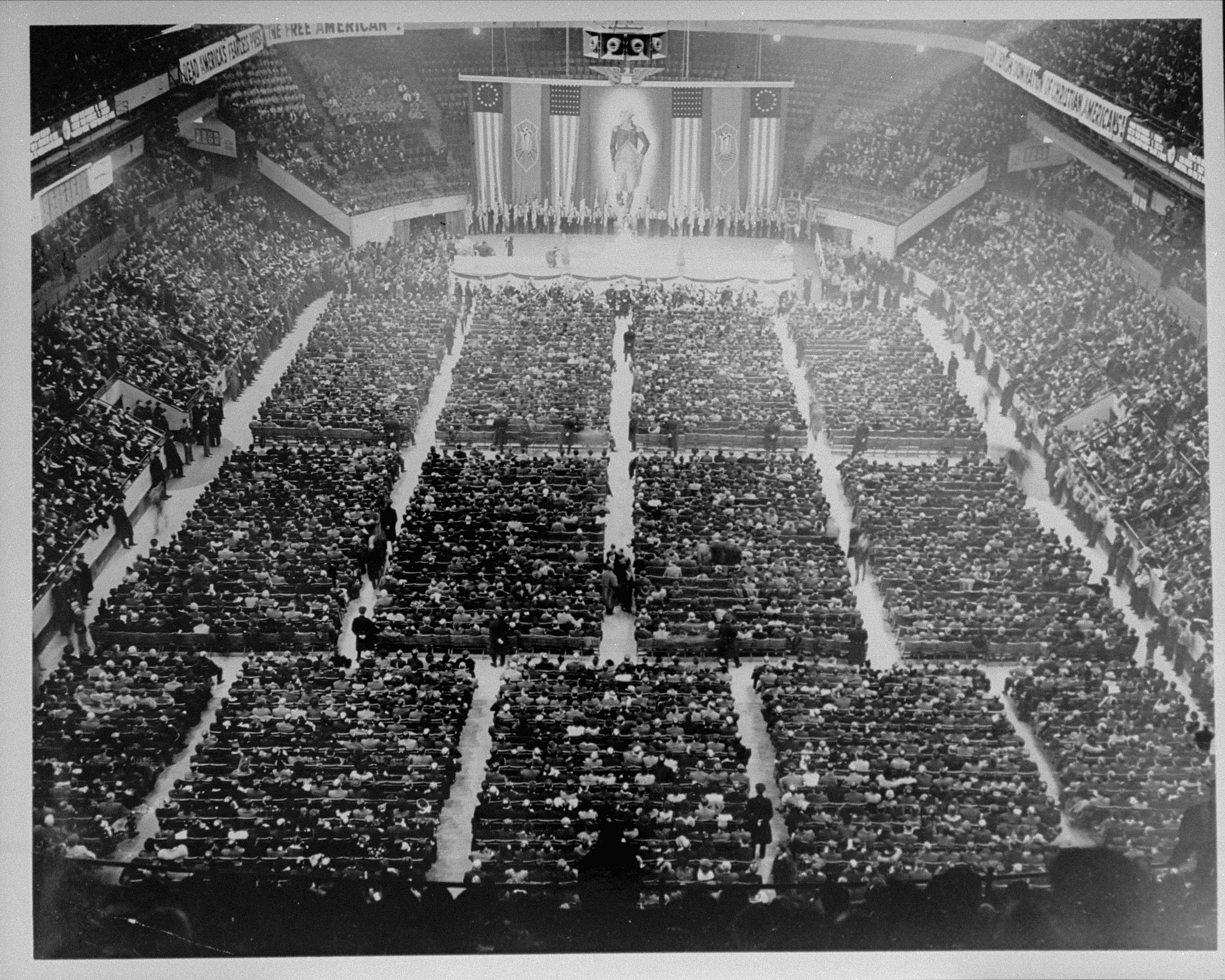 American Nazis Rally in New York City
American Nazis Rally in New York City -
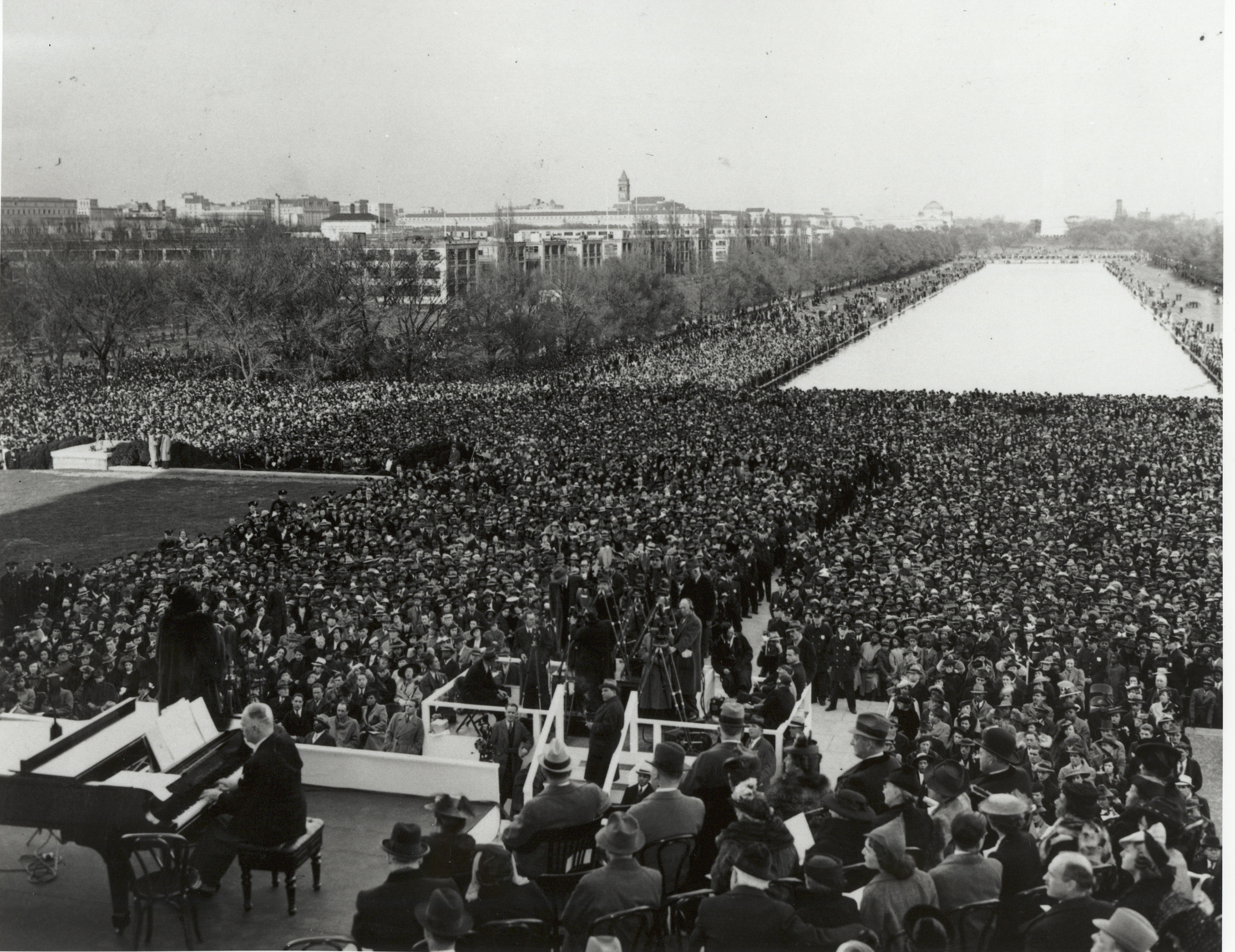 Marian Anderson Performs at the Lincoln Memorial
Marian Anderson Performs at the Lincoln Memorial -
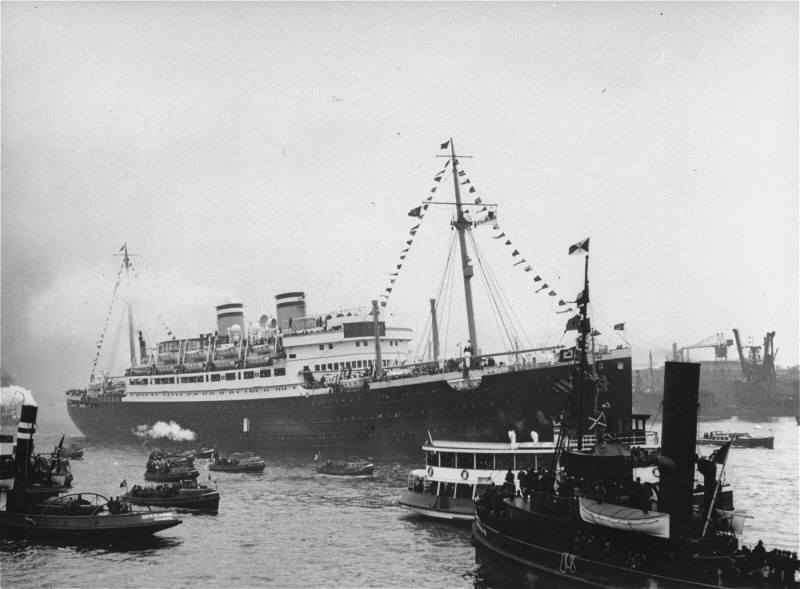 Jewish Refugees Desperately Seek Safe Harbor
Jewish Refugees Desperately Seek Safe Harbor -
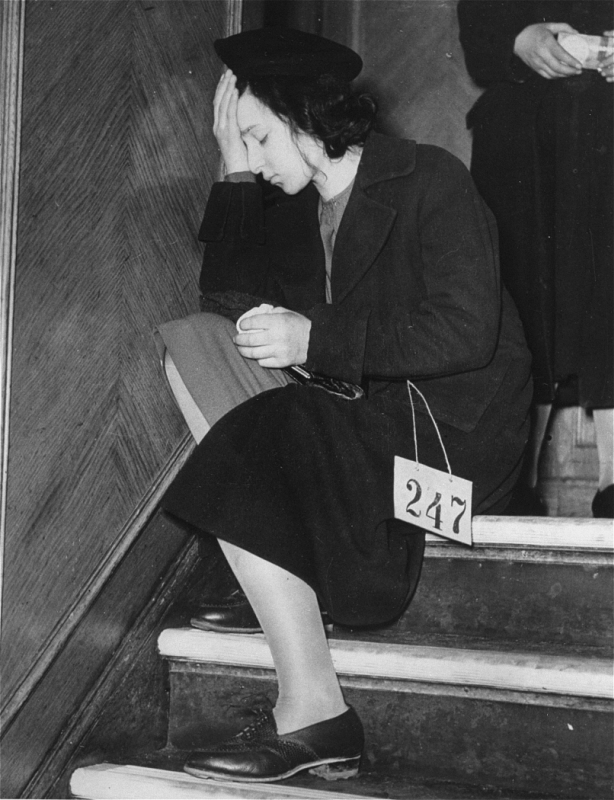 Child Refugee Bill Fails in Senate
Child Refugee Bill Fails in Senate -
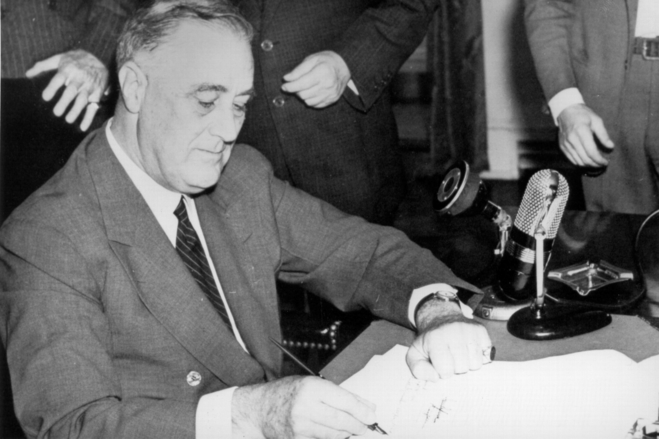 President Roosevelt Signs Selective Training and Service Act
President Roosevelt Signs Selective Training and Service Act -
 Refugee Children Arrive from France, More to Follow
Refugee Children Arrive from France, More to Follow -
 Massive March on Washington Planned
Massive March on Washington Planned -
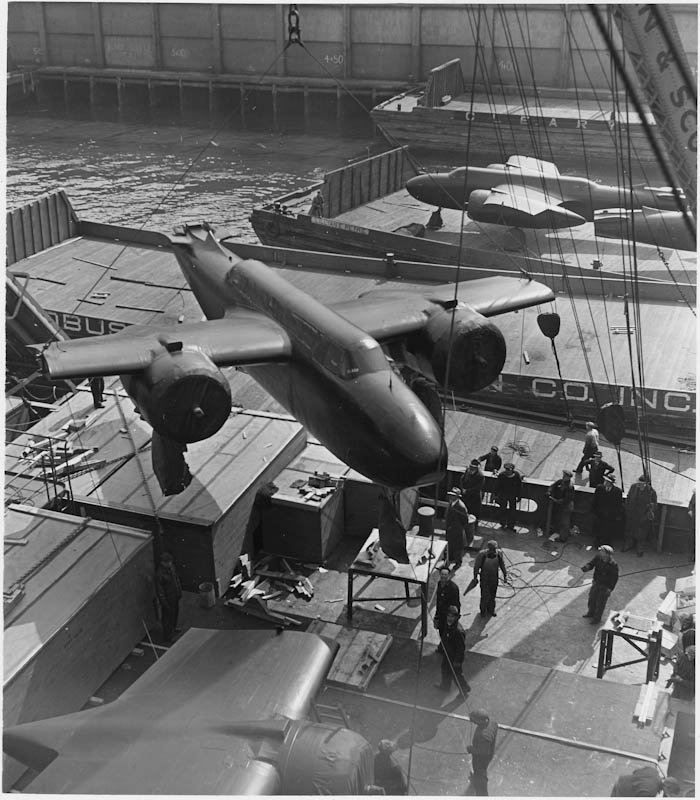 Congress Passes Lend-Lease Act
Congress Passes Lend-Lease Act -
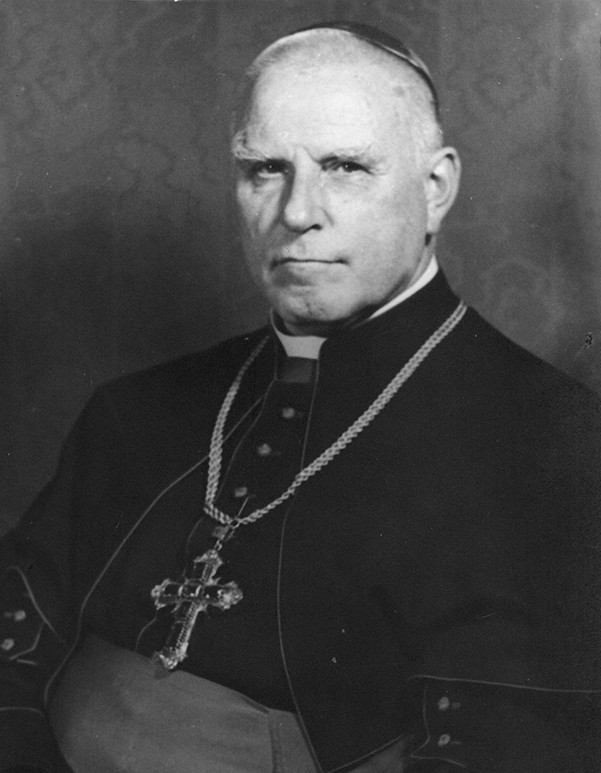 German Bishop Condemns The Killing Of People With Disabilities
German Bishop Condemns The Killing Of People With Disabilities -
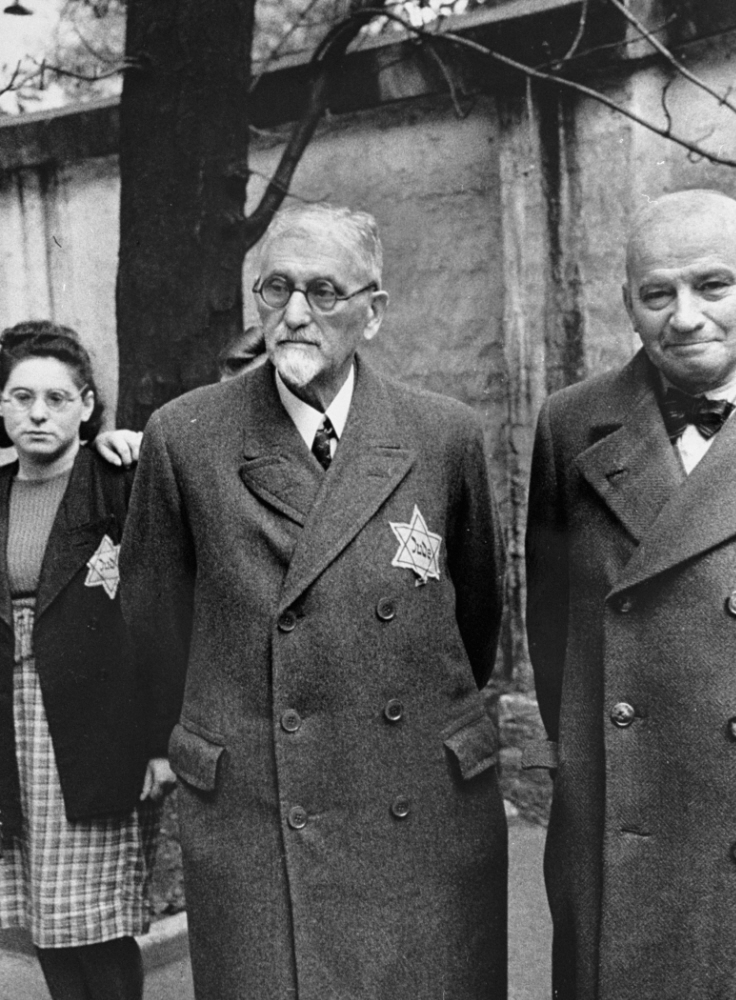 German Government Forces Jews to Wear Yellow Stars
German Government Forces Jews to Wear Yellow Stars -
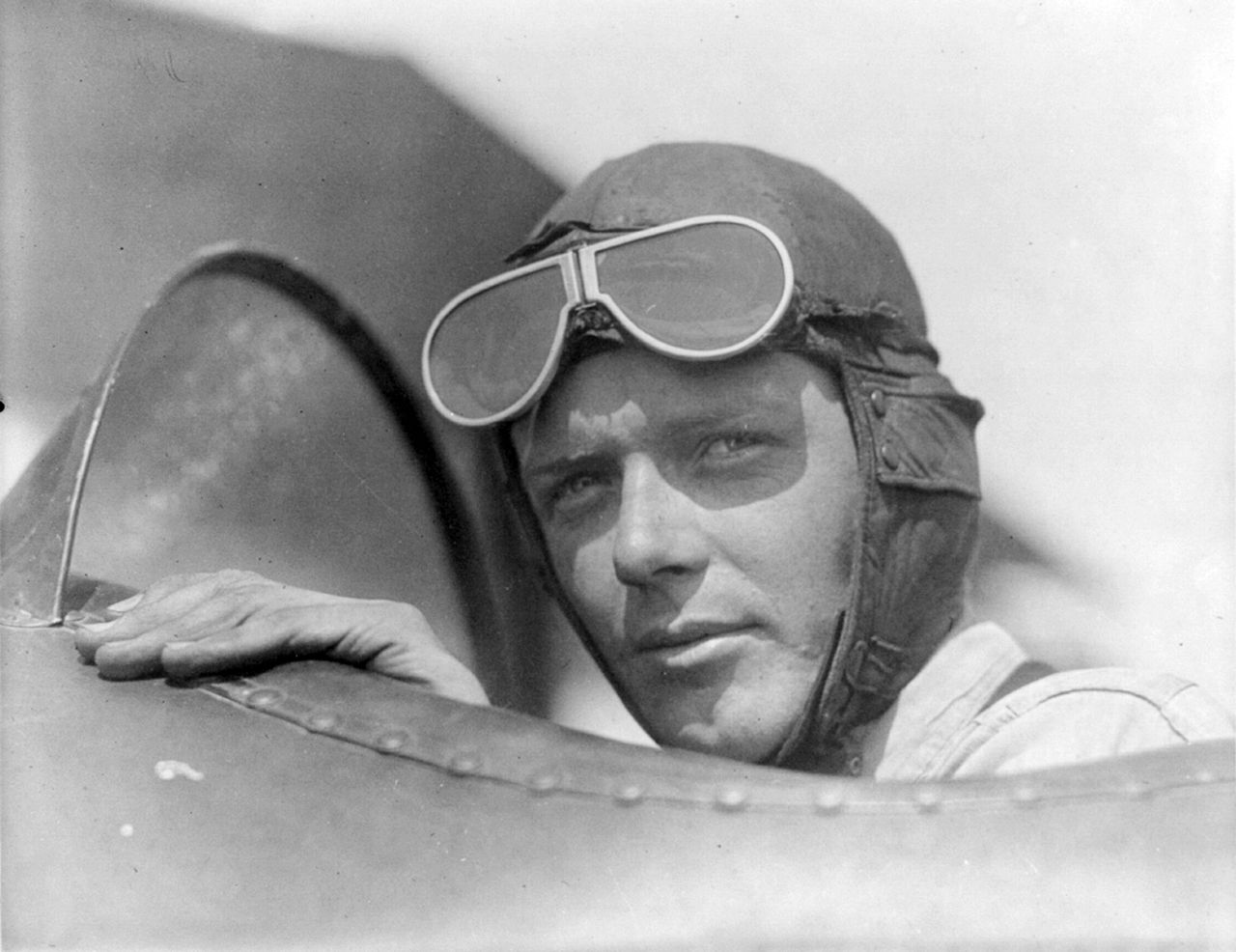 Charles Lindbergh Makes ‘Un-American’ Speech
Charles Lindbergh Makes ‘Un-American’ Speech -
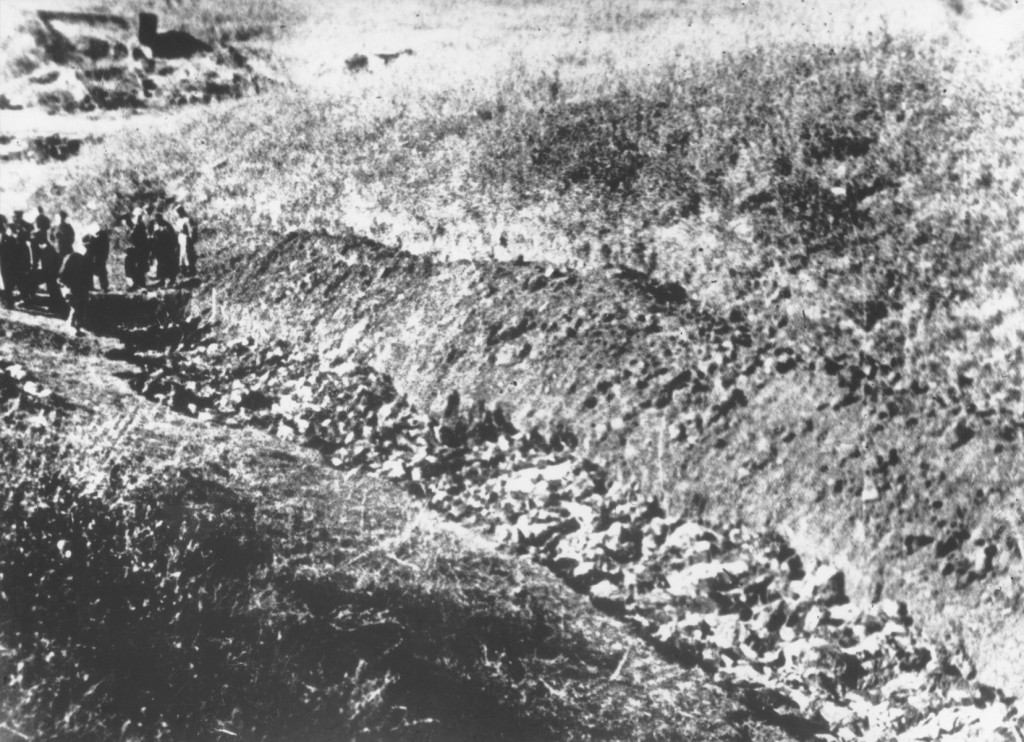 Germans Kill Thousands of Jews in Mass Shooting Outside Kiev
Germans Kill Thousands of Jews in Mass Shooting Outside Kiev -
 FDR Authorizes Incarceration of Japanese Americans
FDR Authorizes Incarceration of Japanese Americans -
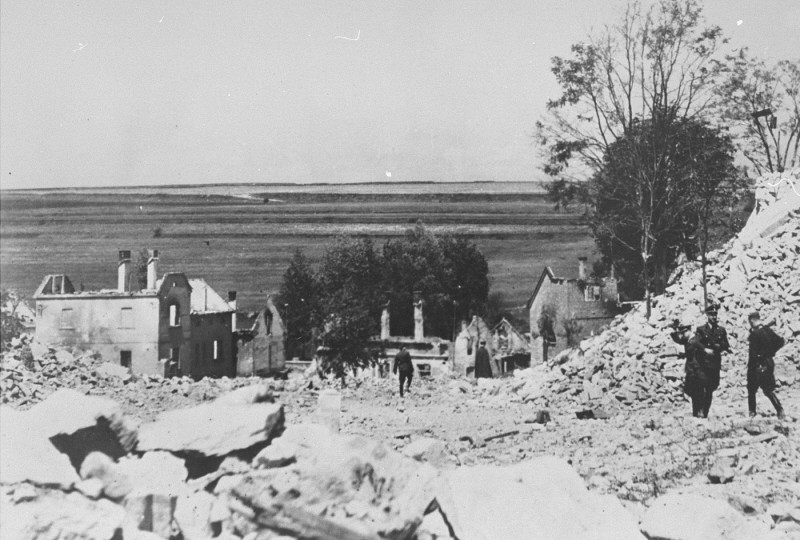 Czech Town of Lidice Destroyed in Brutal Nazi Reprisal
Czech Town of Lidice Destroyed in Brutal Nazi Reprisal -
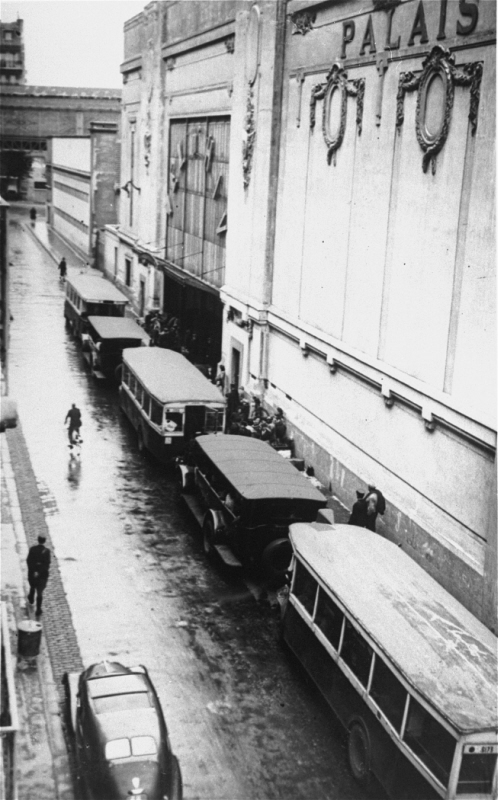 Police Round Up Paris Jews—Deportations Feared
Police Round Up Paris Jews—Deportations Feared -
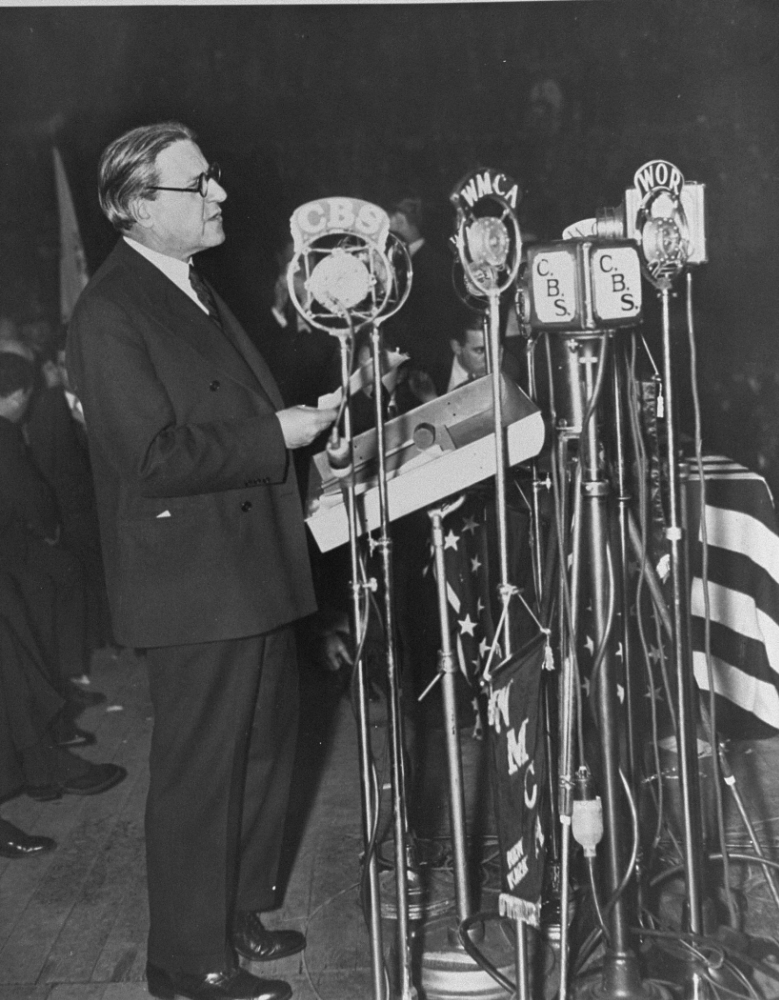 Nazi Plan to Kill All Jews Confirmed
Nazi Plan to Kill All Jews Confirmed -
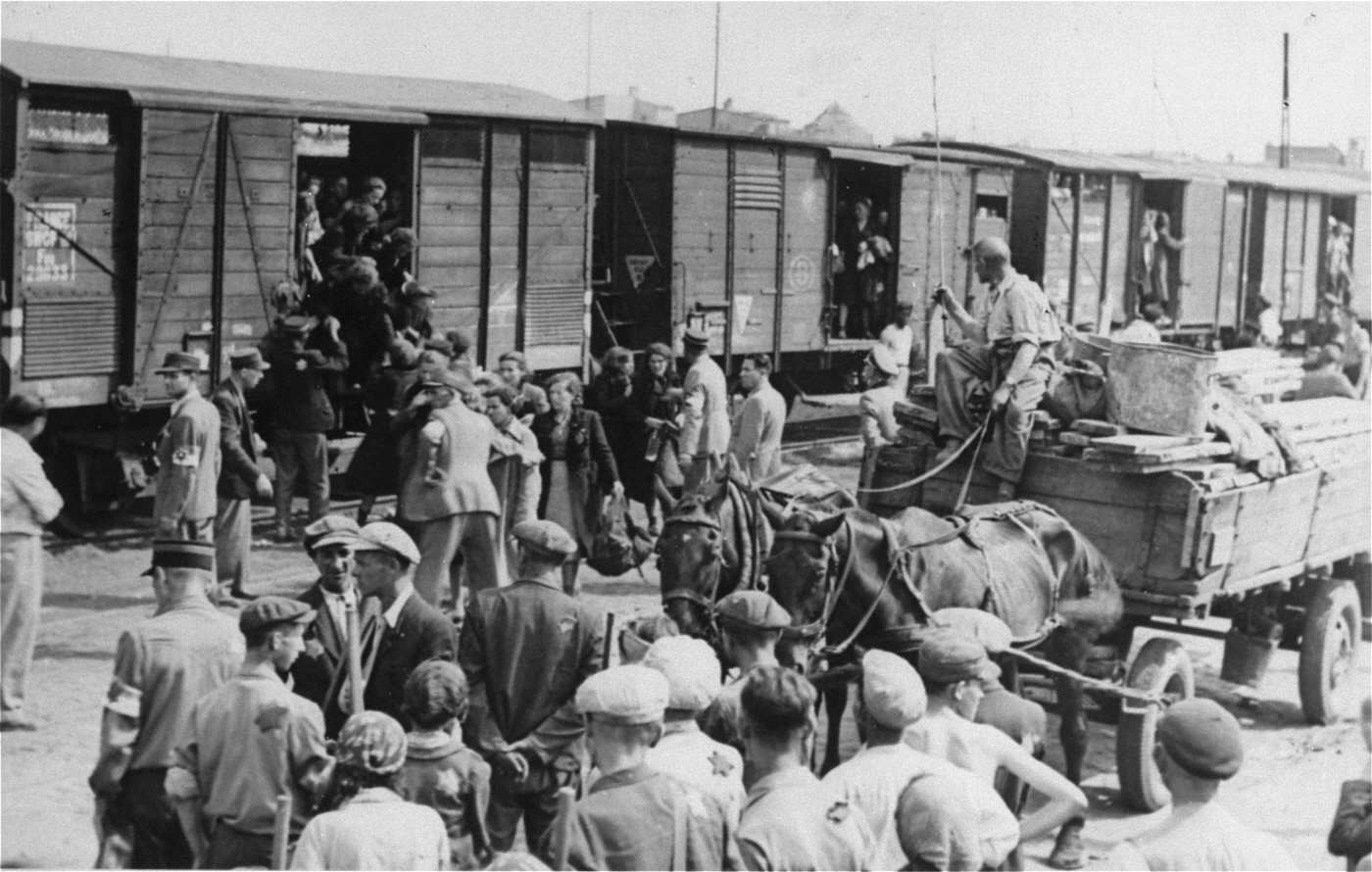 Allies Denounce Nazi Plan to “Exterminate” the Jews
Allies Denounce Nazi Plan to “Exterminate” the Jews -
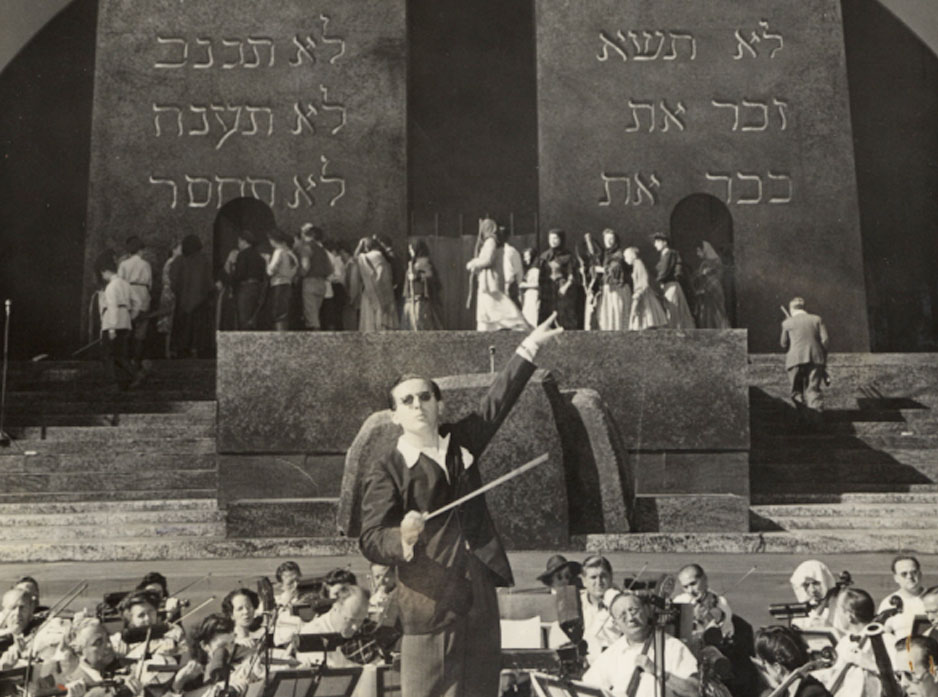 "We Will Never Die"
"We Will Never Die" -
 Warsaw Ghetto Jews Revolt
Warsaw Ghetto Jews Revolt -
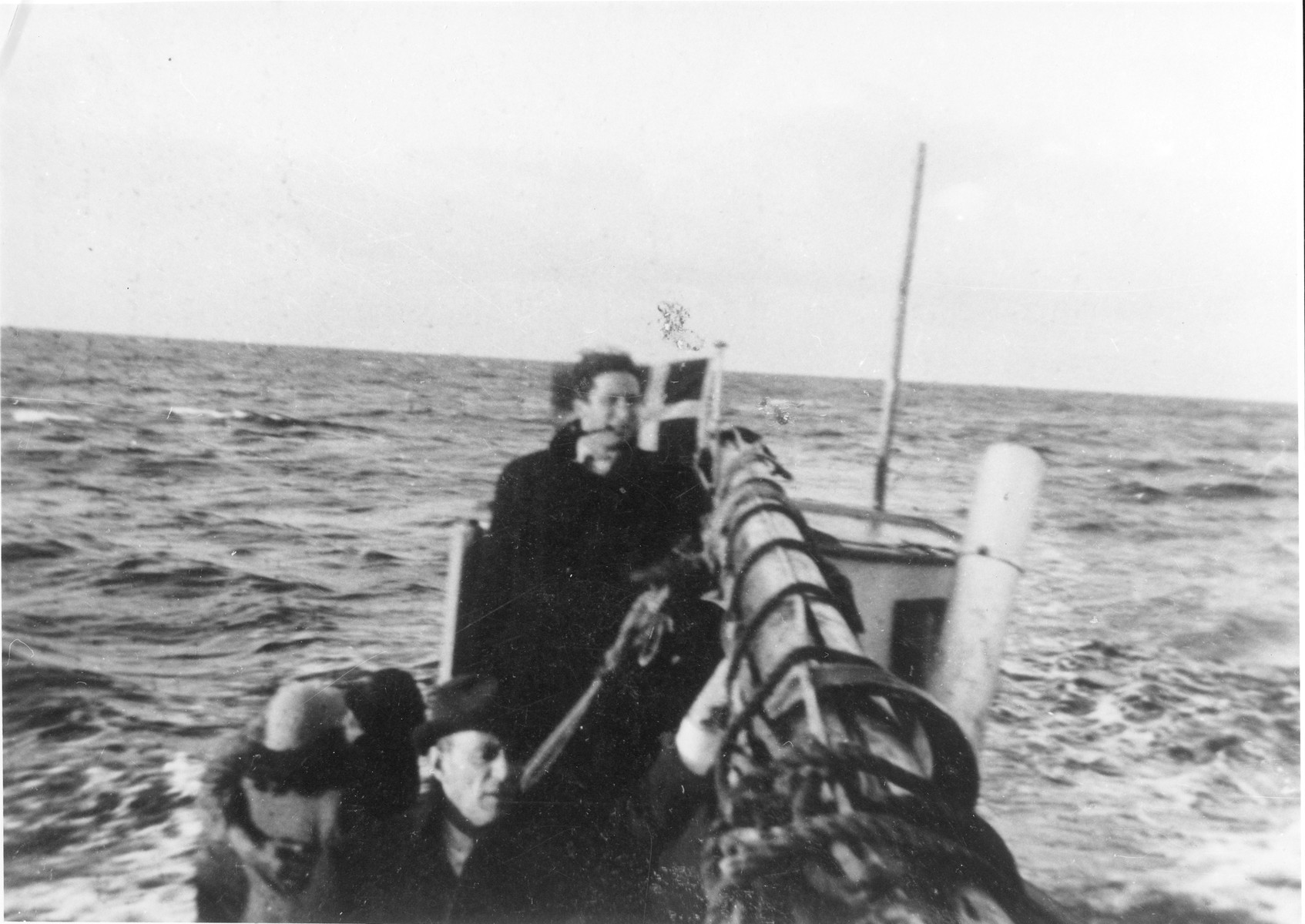 Danes Help Jews Escape to Neutral Sweden
Danes Help Jews Escape to Neutral Sweden -
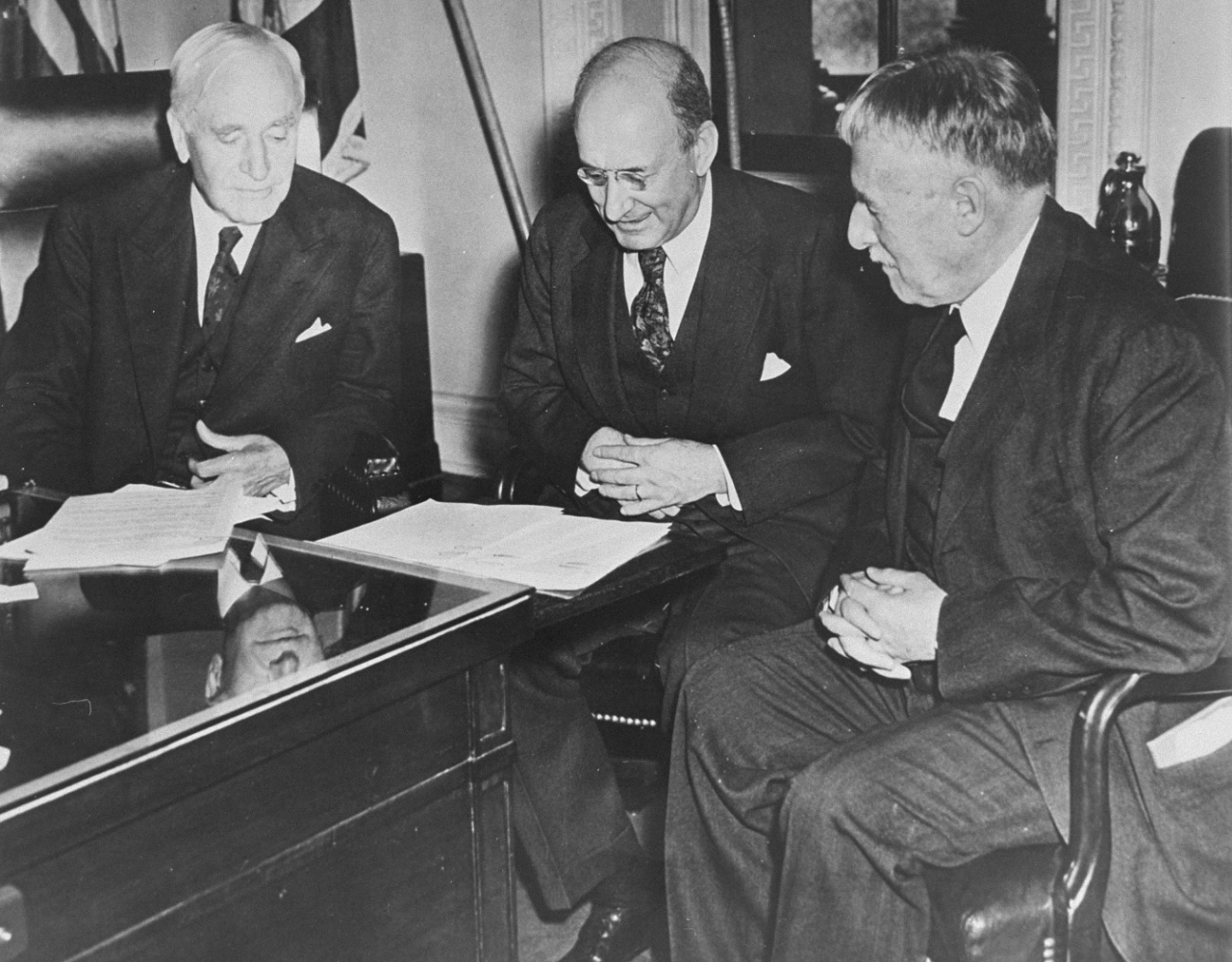 President Establishes War Refugee Board
President Establishes War Refugee Board -
 Deportation of Hungarian Jews Begins
Deportation of Hungarian Jews Begins -
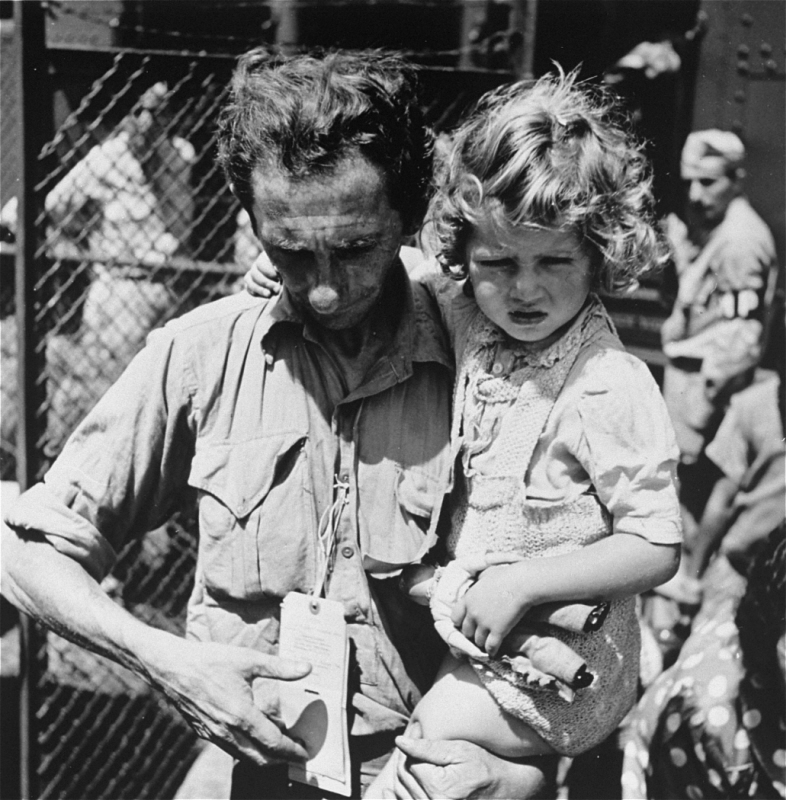 FDR Shelters Refugees in Oswego, NY
FDR Shelters Refugees in Oswego, NY -
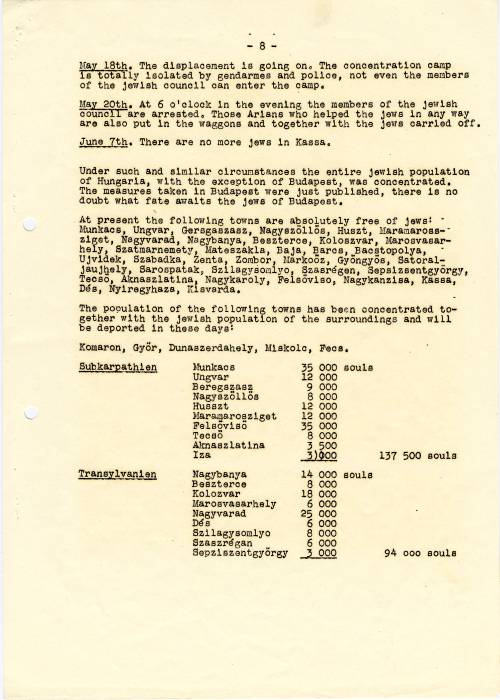 First Public Reports on ‘Extermination Camp’ at Auschwitz
First Public Reports on ‘Extermination Camp’ at Auschwitz -
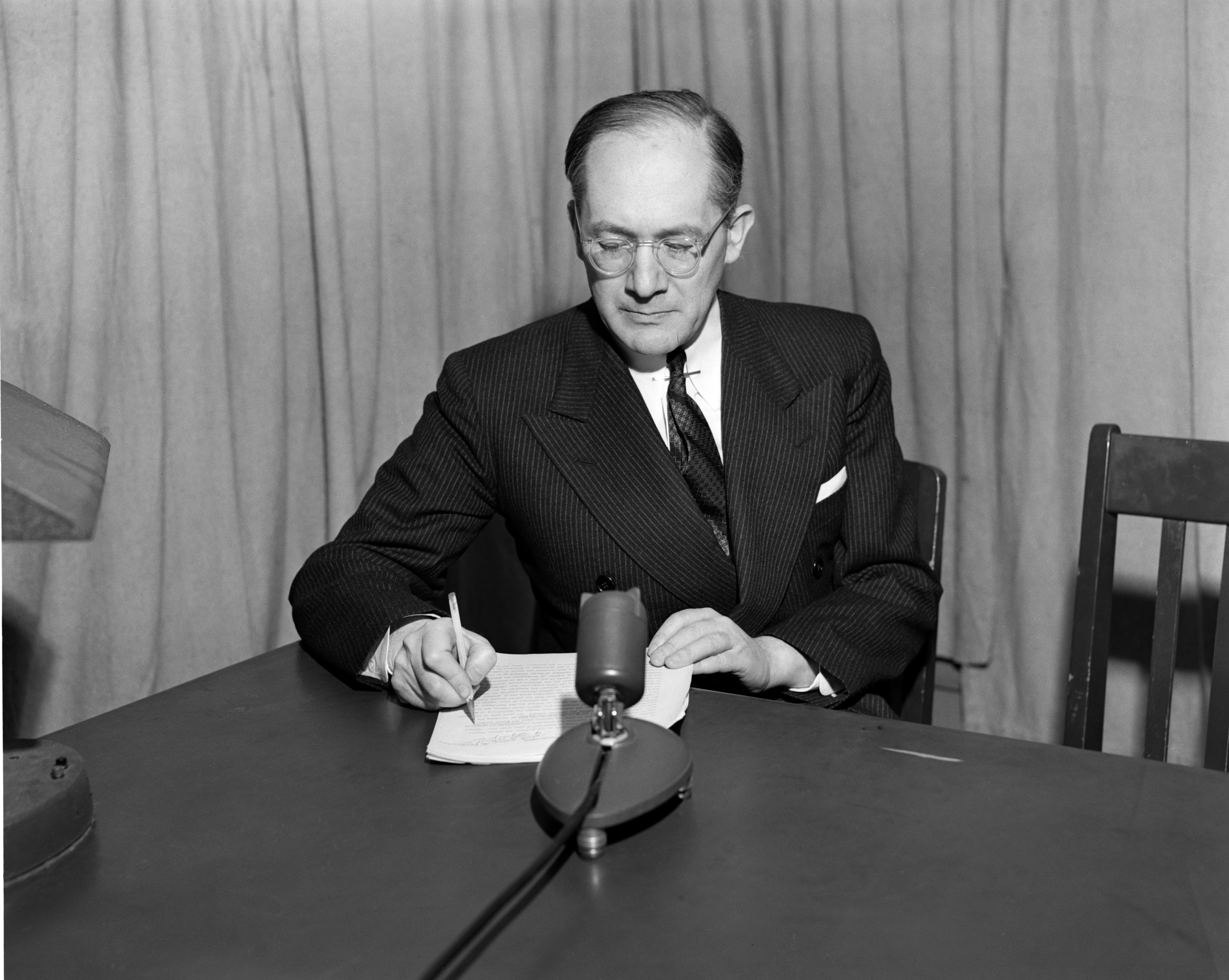 The Crime Now Has a Name: “Genocide”
The Crime Now Has a Name: “Genocide” -
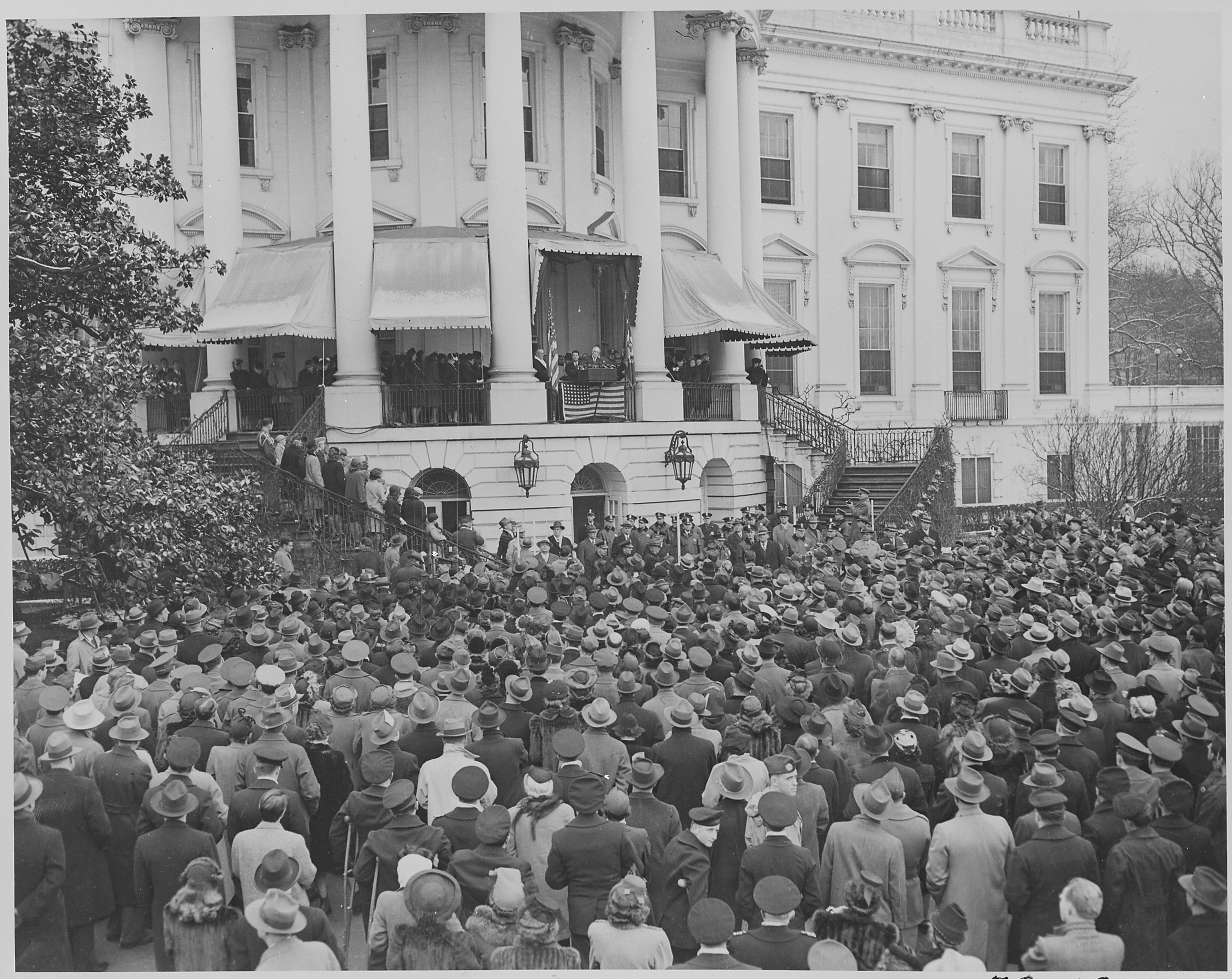 FDR Delivers His Fourth Inaugural Address
FDR Delivers His Fourth Inaugural Address -
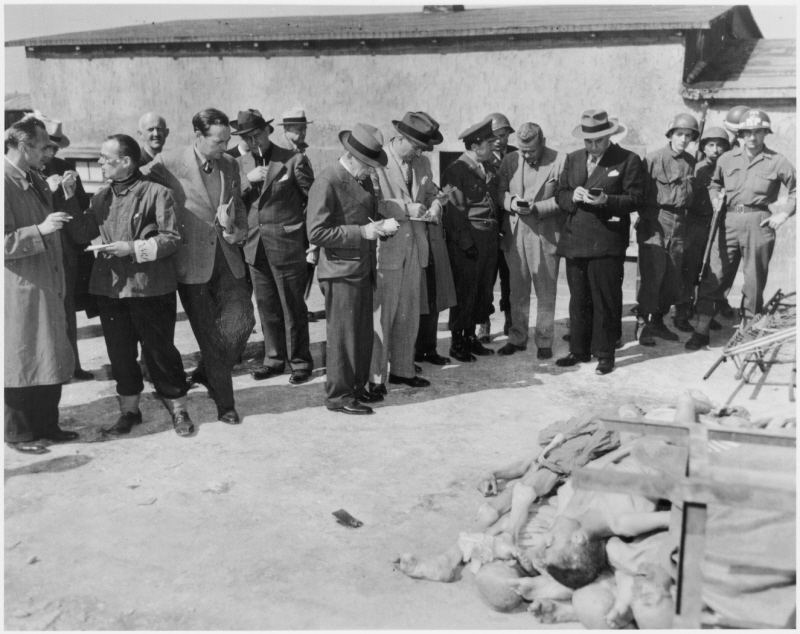 Eisenhower Asks Congress and Press to Witness Nazi Horrors
Eisenhower Asks Congress and Press to Witness Nazi Horrors -
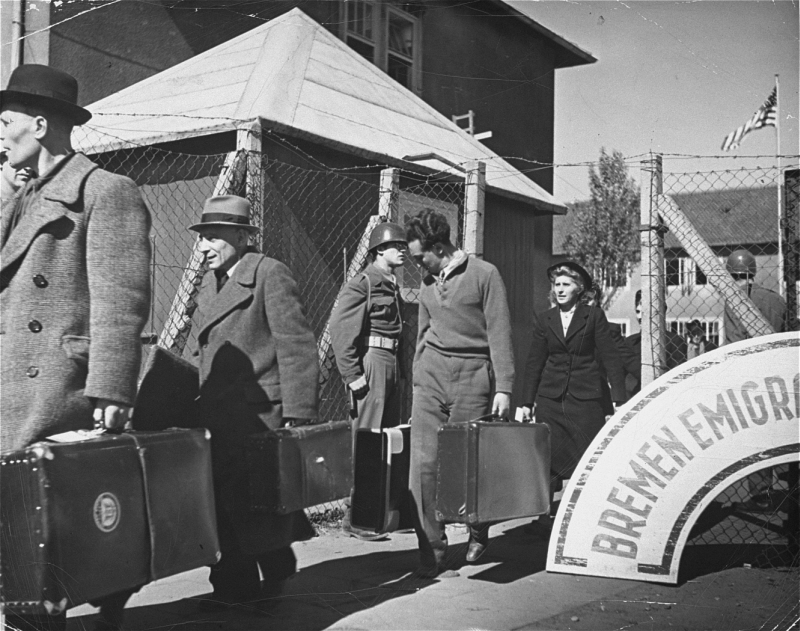 President Truman Orders Quota Preference for Displaced Persons
President Truman Orders Quota Preference for Displaced Persons -
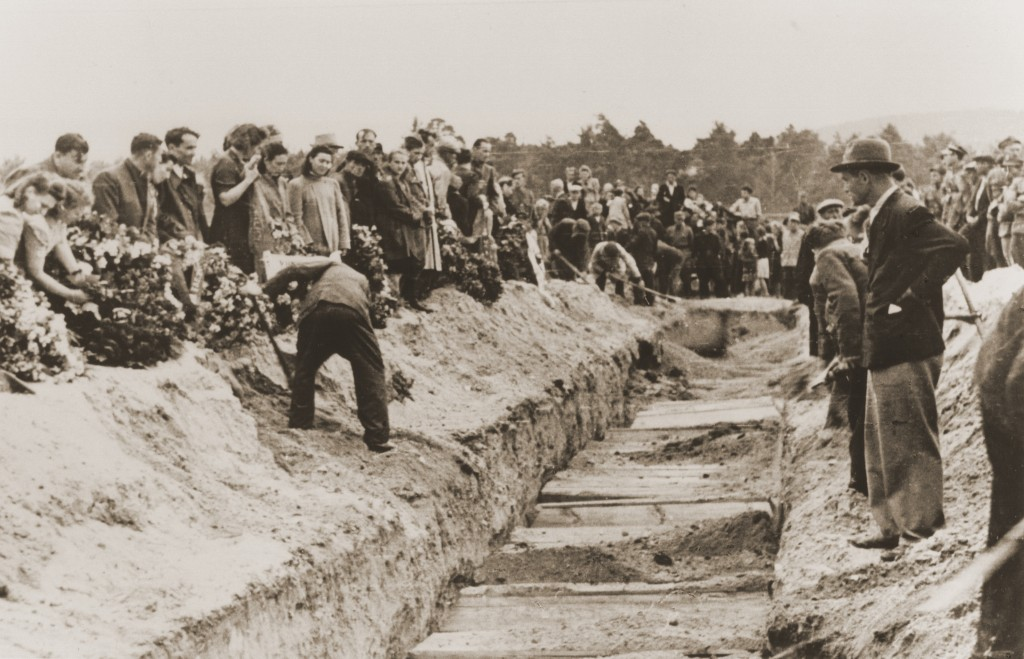 Kielce Jews Massacred in "Blood Libel" Pogrom
Kielce Jews Massacred in "Blood Libel" Pogrom -
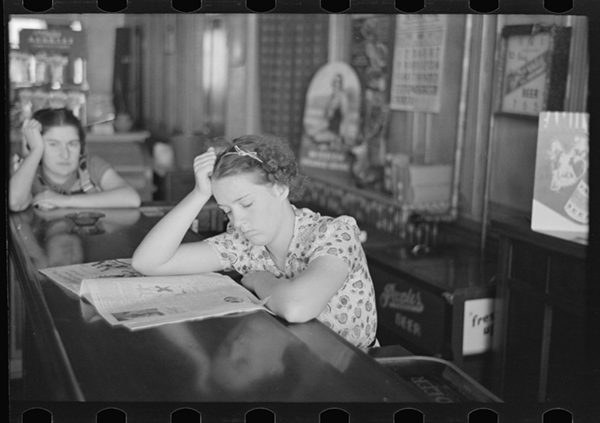 Other Noteworthy Findings
Other Noteworthy Findings